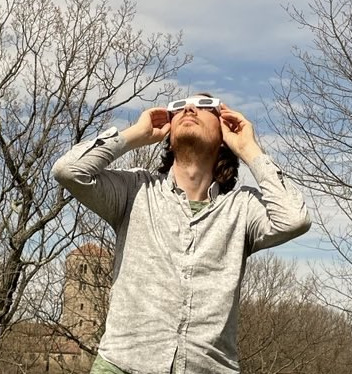Models of SIV rebound after treatment interruption that involve multiple reactivation events
Published in PLOS Computational Biology, 2020
The latent reservoir is thought to be one of the main obstacles to an HIV cure. When antiretroviral treatment (ART) is interrupted, cells in this reservoir can reactivate, and produce virions that reignite the infection. This leads to observable viral loads, often within weeks post ART interruption. As we cannot observe these reactivation events directly, we need models to link the underlying reactivation process to observable quantities, like viral load measurements and time to rebound. In this paper, we develop such a statistical model, that is based on a Poisson process for reactivation, followed by exponential growth. Importantly, multiple cells are allowed to reactivate. These multiple reactivations have as an effect that the VL becomes observable sooner than in a situation with only a single reactivation. We fit the model to SIV-infected macaque data and show under what circumstances the multiple-reactivation model performs better than a single-reactivation model. To derive our probability distribution, we make use of a diffusion approximation. This breaks down for low reactivation rates. In the SI, we show how to use e.g. the WKB approximation to improve the model, at the cost of more complex equations. Finally, we consider a model with heterogeneity in viral growth rates between reactivating cells.
Recommended citation: van Dorp, CH. et al (2020). "Models of SIV rebound after treatment interruption that involve multiple reactivation events." PLOS Computational Biology. 16(10): e1008241.
Download Paper
